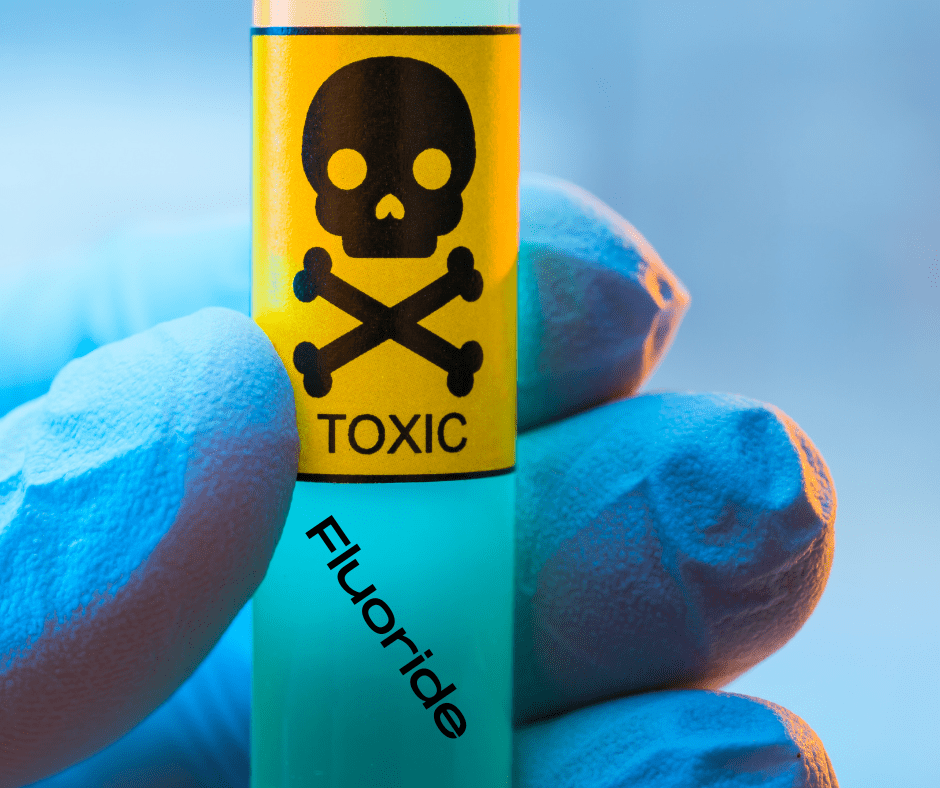Some Recommend Fluoride, but I Recommend Bacteria
Ever had to take off work because you had a toothache? Then got the bill and had an ache in your bank account? What if I had a secret, a little pearl if you will, to help prevent that from ever happening again? You’re in luck, I do! And better yet, I will share it with you.
BACTERIA!
Yes, you read that right. I recommend bacteria! Let me explain. We have 20 billion-ish bacteria in our mouths. The vast majority are beneficial, we just never hear about them. Just like on the news, the bad guys get all the press. There are actually bacteria in the mouth that protect the teeth from decay and periodontal disease. The goal is to set up an environment where beneficial bacteria are given the opportunity to thrive while the pathogenic bacteria are not. In doing this, we are using bacteria to fight bacteria.
Let’s review a bit. What is a cavity? A cavity is the breakdown of the hard surfaces of a tooth. This can happen on the crown (think the portion of the tooth above the gums) or the root surfaces. Left untreated, it slowly, or not so slowly, grows over time. Once the cavity, aka decay, gets into the nerve of the tooth, people tend to have pain. Sometimes a lot of pain.
Once the decay gets into the nerve of the tooth, typically there will be an abscess near the end of the roots in the bone. The bacteria in these abscesses are linked to an increased risk of heart attack. No, I am not making this stuff up. Truth is stranger than fiction! In addition, periodontal bacteria have been found in the clots of heart attack patients. What if all this could have been avoided? Guess what? It could have.
Remember a few paragraphs back when I said there are bacteria in the mouth that protect the teeth from decay? Let’s put those microscopic heroes to work. Many of us have these present in the mouth already. If we don’t, we can simply put them there with foods we eat. It’s not a one-and-done though. We have to continually introduce them to the oral environment by consistently eating a healthy diet. I tell patients all the time, you can choose to feed or starve whatever bacteria you want in the mouth. Beneficial bacteria love fiber, especially from vegetables. So, turns out mom was right, eat your vegetables. Pathogenic bacteria prefer sugar and anything that readily turns into sugar. Starve them!
Another option is dental probiotics. We have all heard of probiotics for the gut. Well, there are also probiotics specific to the oral environment. When you add those to eating vegetables and a whole foods diet, you are off to a great start. Once the beneficial bacteria are there, let’s give them a nice cozy casa.
“What constitutes a cozy casa for beneficial oral bacteria?” you may be asking yourself. Well, they do not like acid. We need the oral environment to be slightly alkaline. We can achieve this by not consuming acidic drinks (sodas, coffee, alcohol) and eating more vegetables (green leafy veggies being the best). Another good way to make the mouth more alkaline is good old-fashioned baking soda. You can use a toothpaste with baking soda in it, you can sprinkle a little baking soda on your toothpaste or even make your own mouthwash with it. It’s super simple. Let me walk you through it.
Step 1) Get a glass of water.
Step 2) Put a bit of baking soda in it.
Step 3) Swish and spit.
The end. It’s a little thing that can make a huge difference. I love things that are safe, effective and inexpensive. (Who doesn’t?)
Another way to keep pathogenic bacteria from overgrowing is to keep the teeth clean. Twice a day kind of clean. I don’t think I really need to expound on that one.
Disease, be it decay or periodontal disease, happens when there is a dysbiosis of bacteria. Adding harsh chemicals to the mouth has shown no long-term prevention of these diseases. Changing the biofilm has! Unleash that army of microscopic warriors to do their thing! Now, go forth and cultivate a bacterial brigade in your mouth to protect your teeth and gums from disease!

